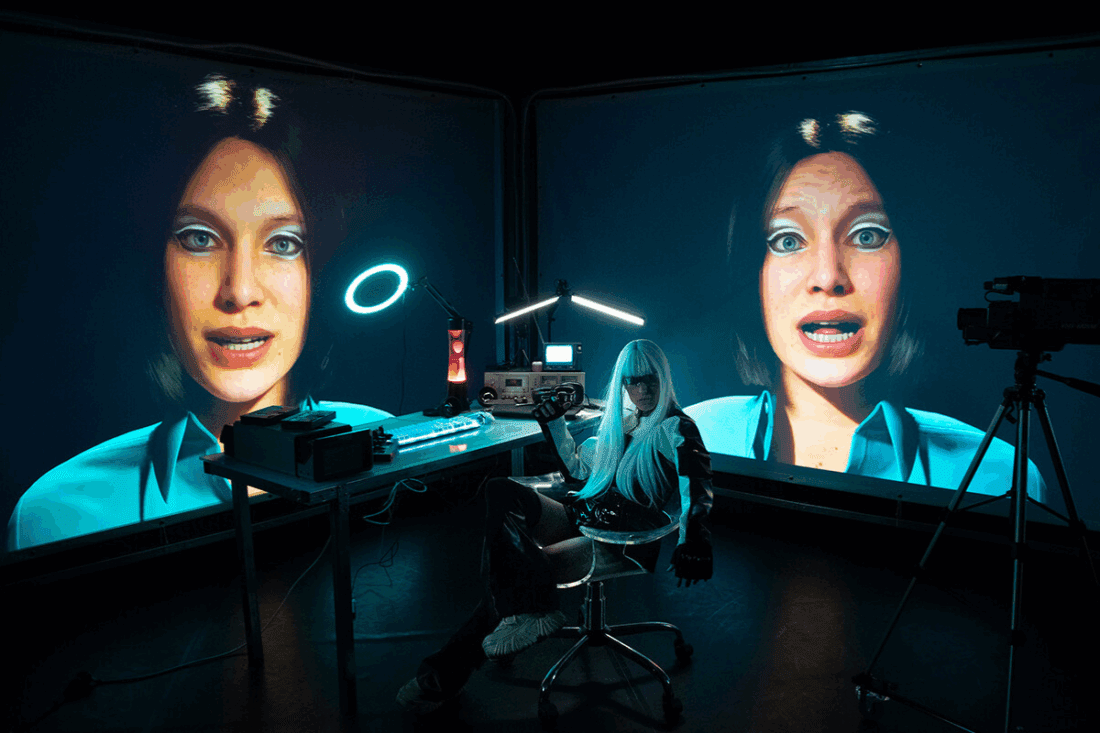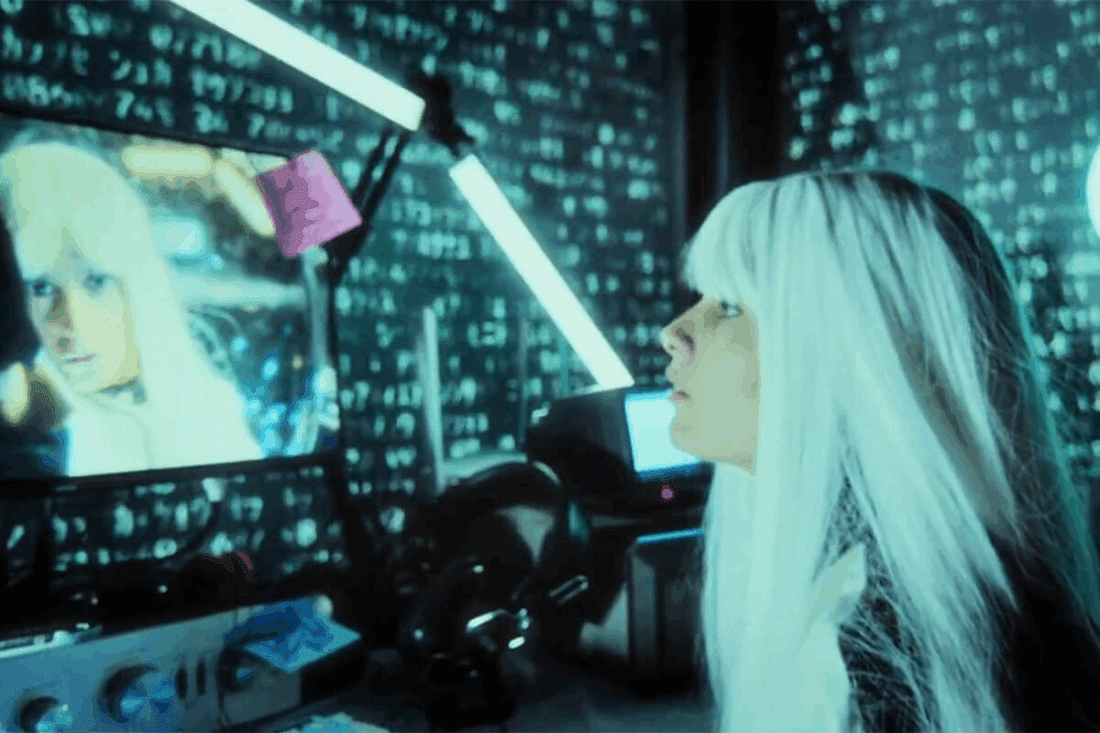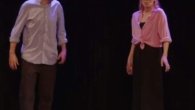
A meeting place between theater and virtual reality
Ferran Gordillo and Ariadna Graucompany creators Uku’pachathey are clear: the virtual space occupies an increasing place in everyday life. And, far from making judgments or even seeing it as a threat, they have become an opportunity. “We have always had a very experimental approach to the performing arts, and not only in the sense of experimenting, but also to look for new ways to carry the topics on stage and to deal with narratives,” says Gordillo who, starting from this premise, has directed Mary’s Room (Black Box): The first work where the performer goes with a capture dress and is inserted in real time within virtual environments that are projected on the stage.

The way to get here, however, has not been simple. During the beginnings of UKU’Pacha they already integrated the audiovisual into the proposals. However, the lack of resources led them to do it more shy. “The idea of a capture dress and a virtual atmosphere seems easy, but it really has to chop a lot of stone to make it possible,” says Gordillo. Finding professionals who combine the skills of the world of video game with the performing arts has been another of the great challenges. What has never lacked them, however, is the ambition and the desire to innovate. “What I am interested in working with the cinematic universe and with the whole technical universe, such as that of virtual reality, is to be able to take these tools, take the expressive resources of these media and take them to the theater. Opening new dramaturgical possibilities on the scene.”
Mary’s Room (Black Box) It has three characters: Maria, Mary and Mitzi. Three different dramaturgical worlds, and three separate plots on a technical scale, but which are intertwined throughout the work. “This proposal reflects on a present that we already have here, but also speaks of the future, what is to come. What will happen in a few years when the virtual reality is so immersive that you no longer need to return to your daily life?”, Reflects Gordillo. The director, from the work, addresses the digitalization of society and how our identity affects.

Gordillo and Grau are rediscovery of the world of performing arts and, as a result, they are opening doors to many other spaces beyond the theater. Some even more related to technology. “We are very happy with how the project is, very optimistic about what we are creating,” says the director. Now, however, he believes that the most important challenge of the performing arts is to attract new audiences, those that do not usually go to the theater. That is why they are interested in, as the company defends, to create dramaturgies that can be linked to the new contemporary sensibilities and thus try to connect with the concerns of the current audience, an audience that is increasingly interacting with art through technology.
More information, pictures and entries:






